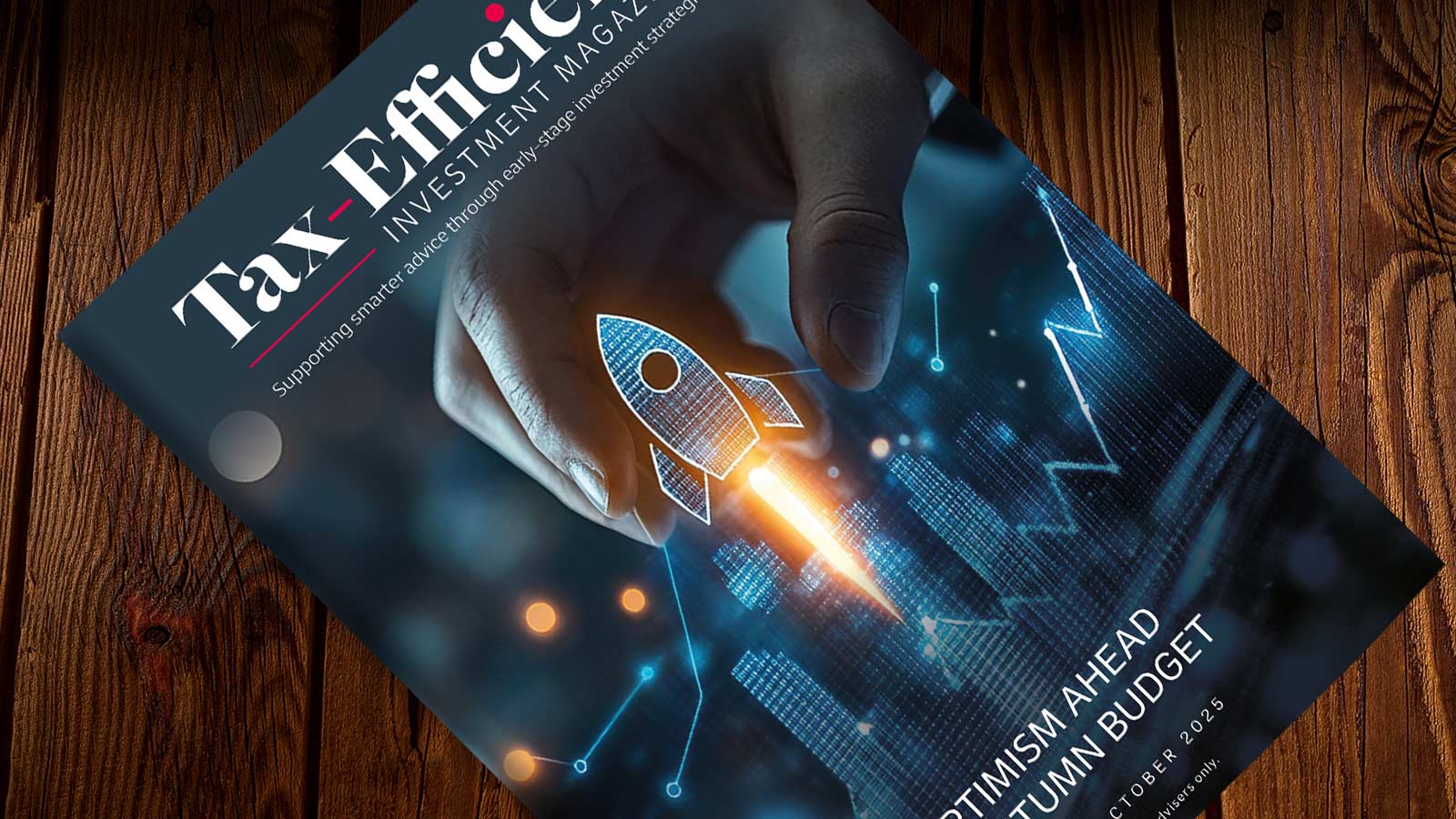Written by Mark O’Donnell, Head of Research for MICAP, the tax-advantaged investment specialist, part of Defaqto.
With the changes to the annual and lifetime pension limits brought in over the course of the year, there is some uncertainty in the VCT market on what effect this will have on fundraising.
On the positive side, it is worth considering that the increase to the pension lifetime allowance was specifically designed to keep 250,000 high-earning professionals in the workforce (who are the key demographic of VCT investors). However, there is some concern in the market that the increased pension limits will lead investors to opt for higher pension contributions and lower VCT investments.
Pensions and VCT investments have their advantages and disadvantages, but from a purely tax perspective investors can sometimes be better off investing into VCTs. While the rate of 30% income tax relief that VCTs offer is lower than high earners will receive from pension contributions, investors can withdraw their funds after five years and reinvest them into another VCT for additional tax relief. Add in tax-free VCT dividends and the fact that the exit proceeds are not taxed (like pension drawdowns are), and suddenly VCTs become more compelling.
These tax benefits are obviously there for a reason: to encourage high earners to invest into UK SMEs that cannot raise bank finance, but also to form the beating heart of the economy. This means that VCTs are mostly restricted to investing into high-risk venture capital companies that have a much higher failure rate than companies listed on major worldwide stock exchanges.
Investors should therefore be willing to accept that the performance of their investment may be volatile. VCTs that target AIM-listed companies have generally had a tough time: the FTSE AIM 100 is now trading at the lows last seen in the sell-off in March 2020 when coronavirus took hold. However, some VCTs targeting unlisted companies have had five-year returns of 1.5x compared to just 1.07x returned by the FTSE 100 over a similar period.
How do things compare this year to last?
Based on MICAP data, the VCT season started early again this year, and there are now over 25 VCTs open with more set to start raising soon and nearly £150m raised so far. Last tax-year saw 48 different VCT or VCT share classes open for investment with just over £1 billion raised between them. This year, so far we have had 41 VCTs confirm they are likely to be raising funds, so a possible drop of 15% from last year.
But if you drill into the data you start to see other stories emerge. One of the VCTs not raising this year is an AIM VCT, and new AIM deal flow has been very slow since Q4 2021 with only three AIM IPOs in the second quarter of this year. Unlisted deal flow is also lower than normal, as many companies are unwilling to raise finance while venture capital valuations are low. As such, four of the VCTs that have confirmed that they are likely not to raise this tax year are all operated by Mobeus Equity Partners. Mobeus has confirmed that it had a successful fundraise last year and so has plenty of cash to deploy – and while it has some quality deals in the pipeline, like the VCT industry generally, it has seen deployment levels down this year.
It is also worth highlighting the difficulties investment managers face when launching new VCTs. As listed vehicles, VCTs cost a lot of money to get off the ground, and advisers are often nervous about supporting new VCTs that have yet to develop a mature portfolio that is capable of securing some profitable exits from its companies and paying special dividends to its investors. We have seen this recently with one new VCT launched and later pulled as inflows failed to take off. That said, while the number of active VCTs in the market is fairly static (and 29 of the VCTs regularly raising funds initially launched before 2005), it is promising to see four new VCTs launching since 2020 and one new VCT set to launch in December.
There are three more reasons to remain optimistic. First, MICAP’s research suggests that VCTs will collectively still be seeking to raise in excess of £1 billion, with target raises ranges of between £15 million and £200 million, which is broadly in line with last year. Second, the VCT scheme has just been fully endorsed by the Government in the Autumn Statement with the extension of the “Sunset Clause” (the date at which VCT legislation is set to expire) until 2035 – giving much needed clarity to the sector. Finally, it is often in periods of economic stress that early-stage businesses can grow rapidly to fill the gaps created by larger companies cutting back on research and development.














